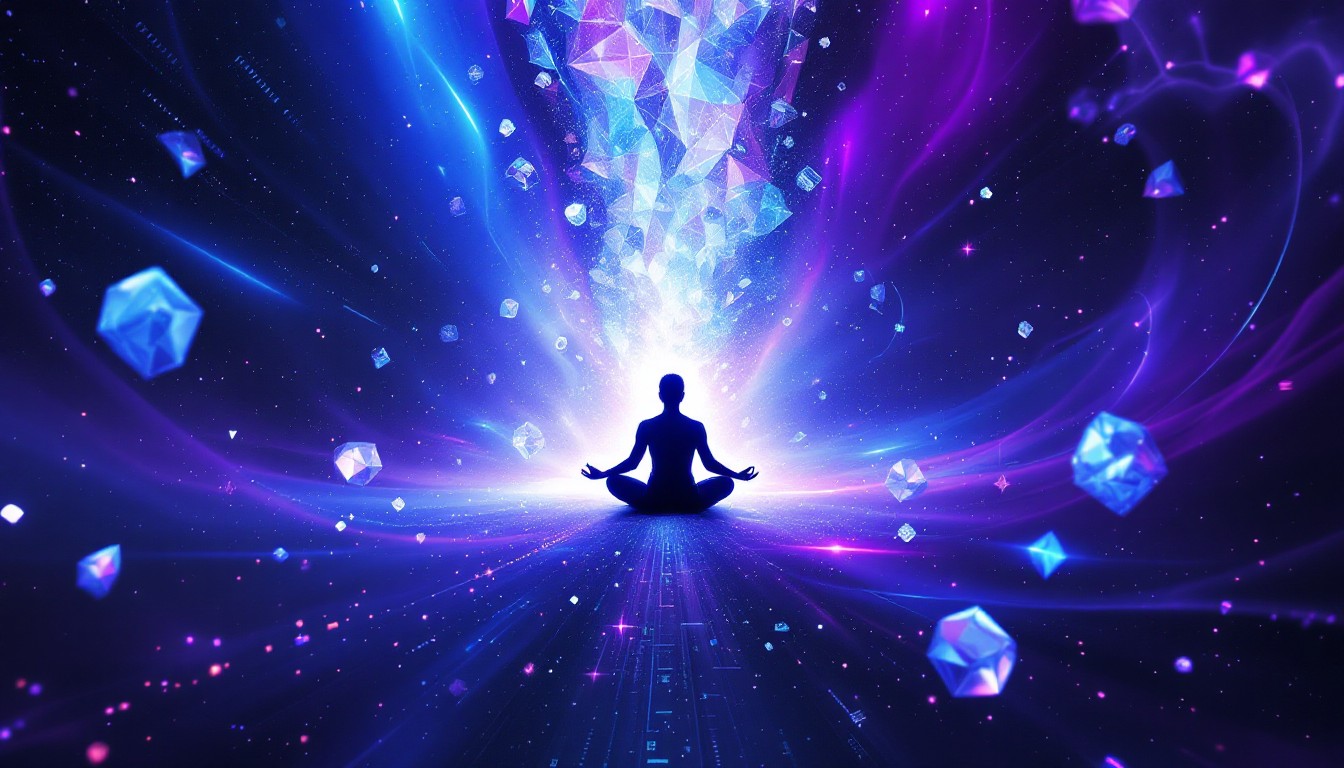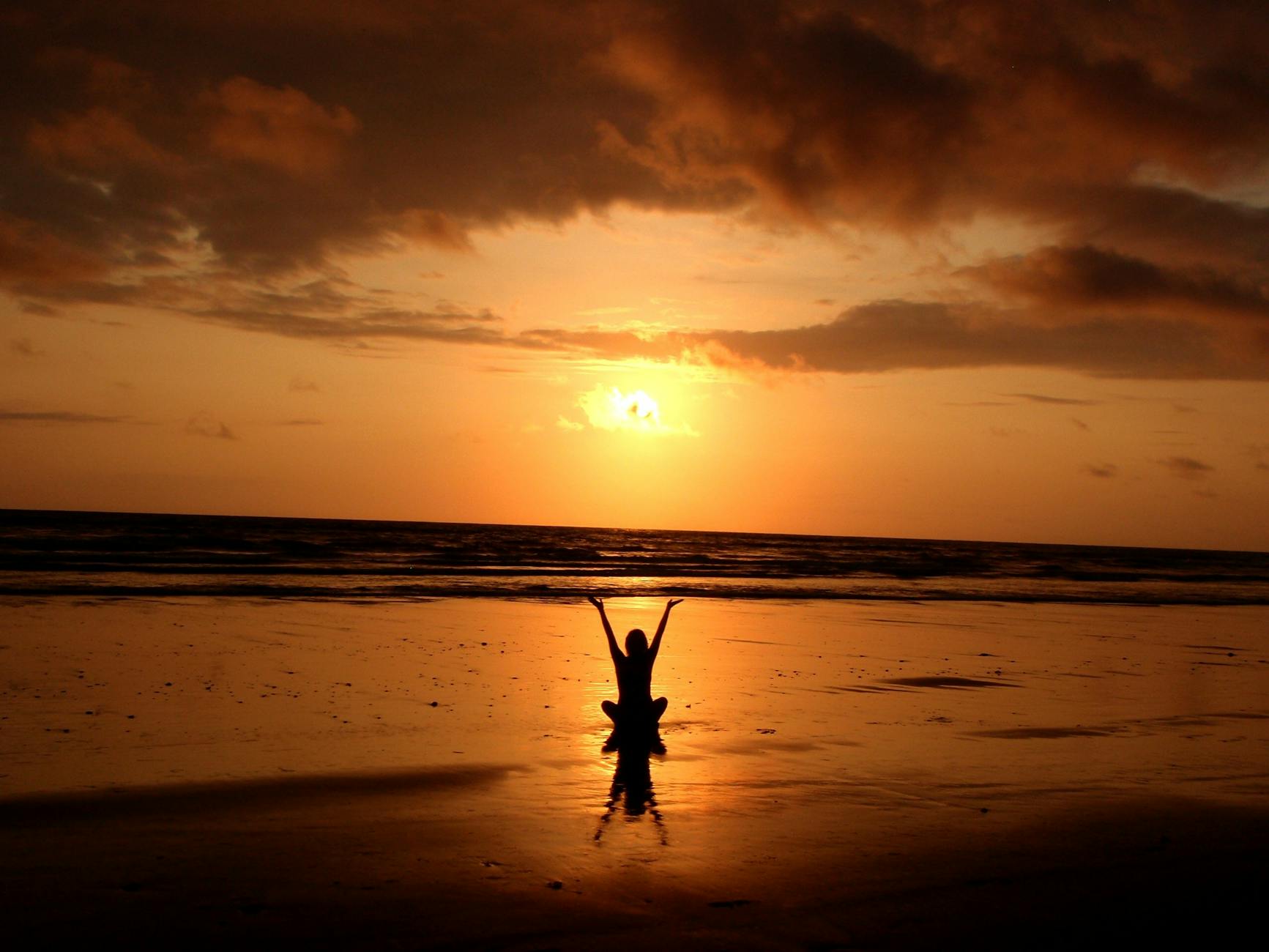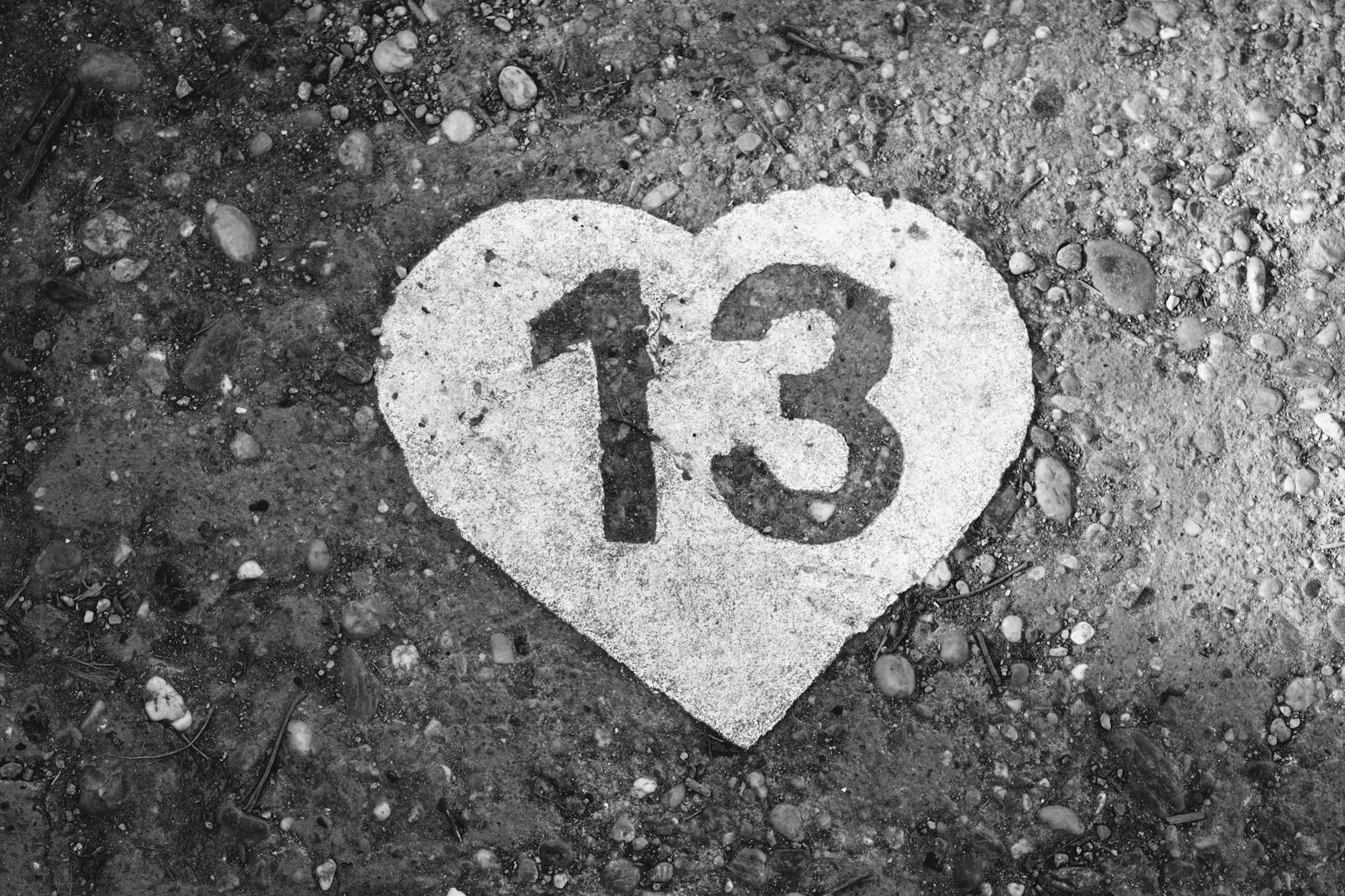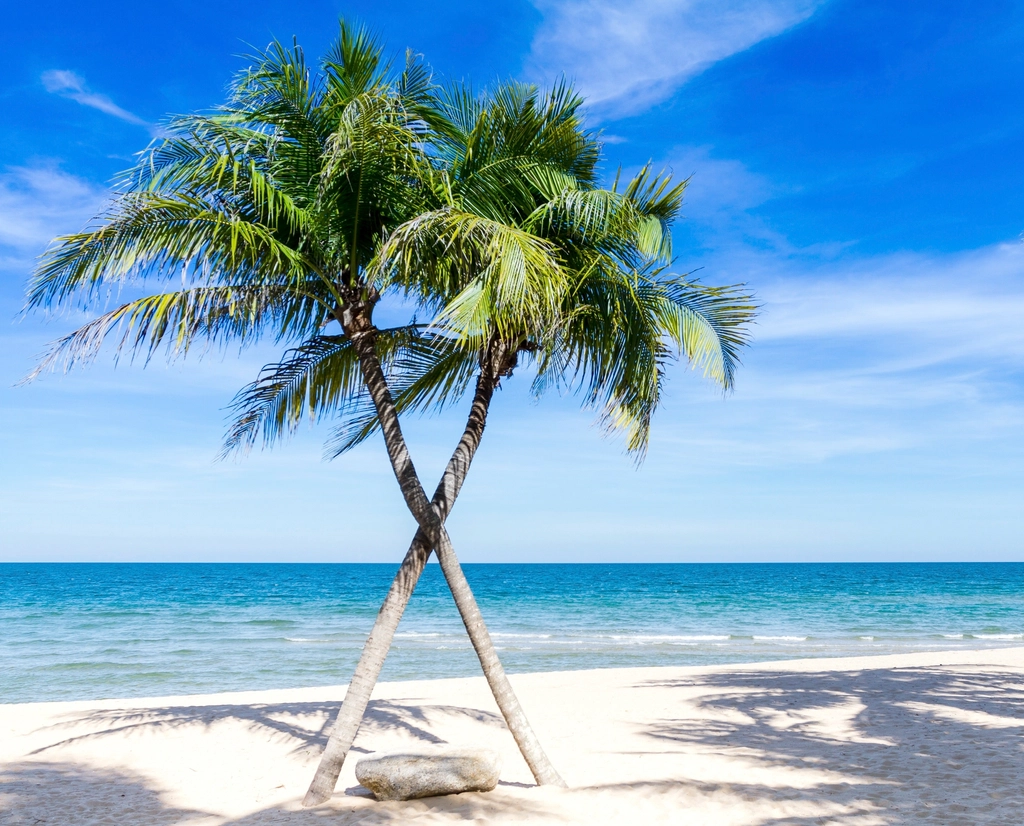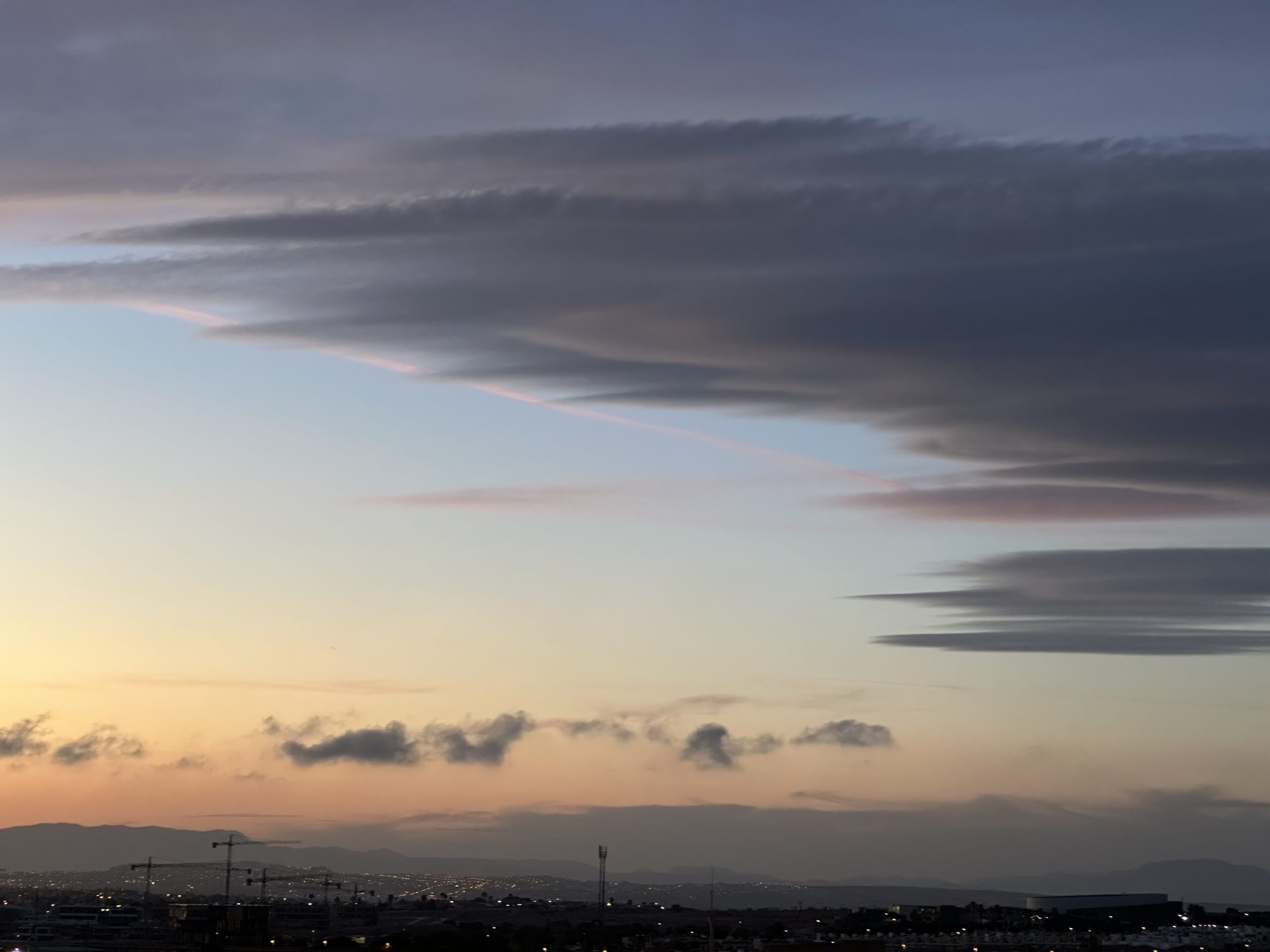🌊 What Is Oneness, Really?
“Oneness” is a term often used in spiritual circles, yet its true meaning is frequently left vague or abstract. To understand it more clearly, we need to break it down from multiple perspectives—scientific, biological, and spiritual.
At its core, oneness means that everything is fundamentally connected. Not just metaphorically, but literally—at the level of energy, consciousness, and even physics.
There are three levels to understanding oneness:
⸻
1. Scientific Level (Matter and Energy)
• Quantum physics shows us that particles are not truly separate; they are entangled, meaning what happens to one can instantly affect another, no matter the distance.
• Everything in the universe is made of the same fundamental “stuff”: energy. Even our bodies and thoughts are just vibrations of energy, the same energy that created the universe.
• So separation is more of an illusion of form—just like waves appear separate but are all part of the same ocean.
David Bohm proposed that the universe is not made up of separate, isolated parts but is an interconnected, dynamic whole.
⸻
2. Biological Level (Systems and Life)
• Nature works in systems, not in isolated parts. Forests, oceans, climate—all life is interdependent.
• Even humans are made of bacteria, viruses, and cells that all cooperate on many levels. What we call “me” is actually a community of living things working together.
• This reflects a kind of oneness in diversity—interconnected life forming a greater whole.
⸻
3. Consciousness Level (The Spiritual View)
• Many spiritual traditions say there is only One consciousness appearing as many forms—what some call God, Source, the I AM.
• This means that you and I and everyone else are expressions of the same awareness, like different waves on the same ocean of being. Much the same as us all being energy.
⸻
💡 So How Does It Work?
Oneness doesn’t mean sameness. It means unity beneath the diversity. Here’s how it “works” in life:
• Empathy: You feel for others because, at a deep level, they are you in another form.
• Synchronicity: Life starts reflecting your inner world because it’s all one field.
• Healing: When you heal yourself, it affects the whole system—just like a single healthy cell benefits the whole body.
• Creation: What you imagine or intend matters, because your mind is not isolated. It’s part of the field of all minds.
⸻
🌱 Why Does It Matter?
Because when you truly feel this oneness, something changes:
• You stop needing to compete or dominate.
• You stop judging others so harshly.
• You feel guided, supported, and connected.
• You shift from fear to love, from ego to essence.
Oneness in A Course in Miracles
A Course in Miracles (ACIM) has a very specific and profound take on oneness—and it goes even deeper than most spiritual teachings. Let’s explore how oneness works according to ACIM:
⸻
✨
1. Only God Is Real
According to ACIM, God is perfect Love, and God is all that truly exists. Since God is One and infinite, there can’t really be anything outside of Him.
“God is but Love, and therefore so am I.” — ACIM
So:
• Creation = extension of God’s Love
• You = not separate from God, but an idea in His Mind, forever united with Him.
⸻
2. The Separation Never Happened
The idea that we are separate individuals in a physical world is described in ACIM as a tiny, mad idea that the Son of God (all of us as One) seemed to believe.
“Into eternity, where all is one, there crept a tiny, mad idea, at which the Son of God remembered not to laugh.” — ACIM, T-27.VIII.6:2
This is key:
• The illusion of separation created the ego, time, space, and the body.
• But in truth, none of it ever happened. It’s a dream. And we are all dreaming the same dream. Being a character in a world of countless other characters doing stuff.
• You are still one with God, dreaming of being something else. Until you wake up… And remember.
3. You Are the Christ
In ACIM, the Christ is not just Jesus—it is the One Self we all share.
• There is only one Son of God.
• You, me, and everyone are part of that same One Self.
• The “many” is just a dream of division—there is only one mind, appearing as many.
⸻
4. Forgiveness Reveals Oneness
Forgiveness in ACIM is not about pardoning sin, but realizing that there was no sin—only mistaken perception.
• When you forgive, you see past the illusion of attack, guilt, and separateness.
• You remember: We are the same. We are one.
• This is the way back to awareness of oneness.
⸻
5. The Body Is Not the Truth
The body is part of the illusion of separation:
• It’s a “learning device” but not who you are.
• You are not in a body; the body is in your mind.
• You are mind—pure spirit—eternally one with God.
⸻
🕊️ In Simple Terms:
ACIM says you are not a drop in the ocean—you are the ocean in a drop, but you’ve forgotten that you are the whole.
Oneness in ACIM is not just a nice feeling—it’s the truth of what you are, waiting to be remembered. And that remembrance is what the Course calls “the Atonement”: the undoing of the illusion of separation.
We are still in Heaven, only dreaming that we are not.
The Ego
The ego is the illusion of separation—it believes it’s a separate “self” rather than a unique expression of one shared being.
So, the separation we are experiencing is only because we have forgotten we are One. And this belief in separation has led to all the wars and misery on this planet. We believe we need to hoard as much as possible for ourselves and sharing means I am getting less. Not to speak of what I believe is the truth. And if you don’t believe the same you are a threat to me.
In my book Waking Up – A journey towards a new dawn for humanity people on Earth has remembered the Oneness talked about in this article and has created the world according to that, and that is what Benjamin Michaels discovers after 100 years in cryonic sleep…
